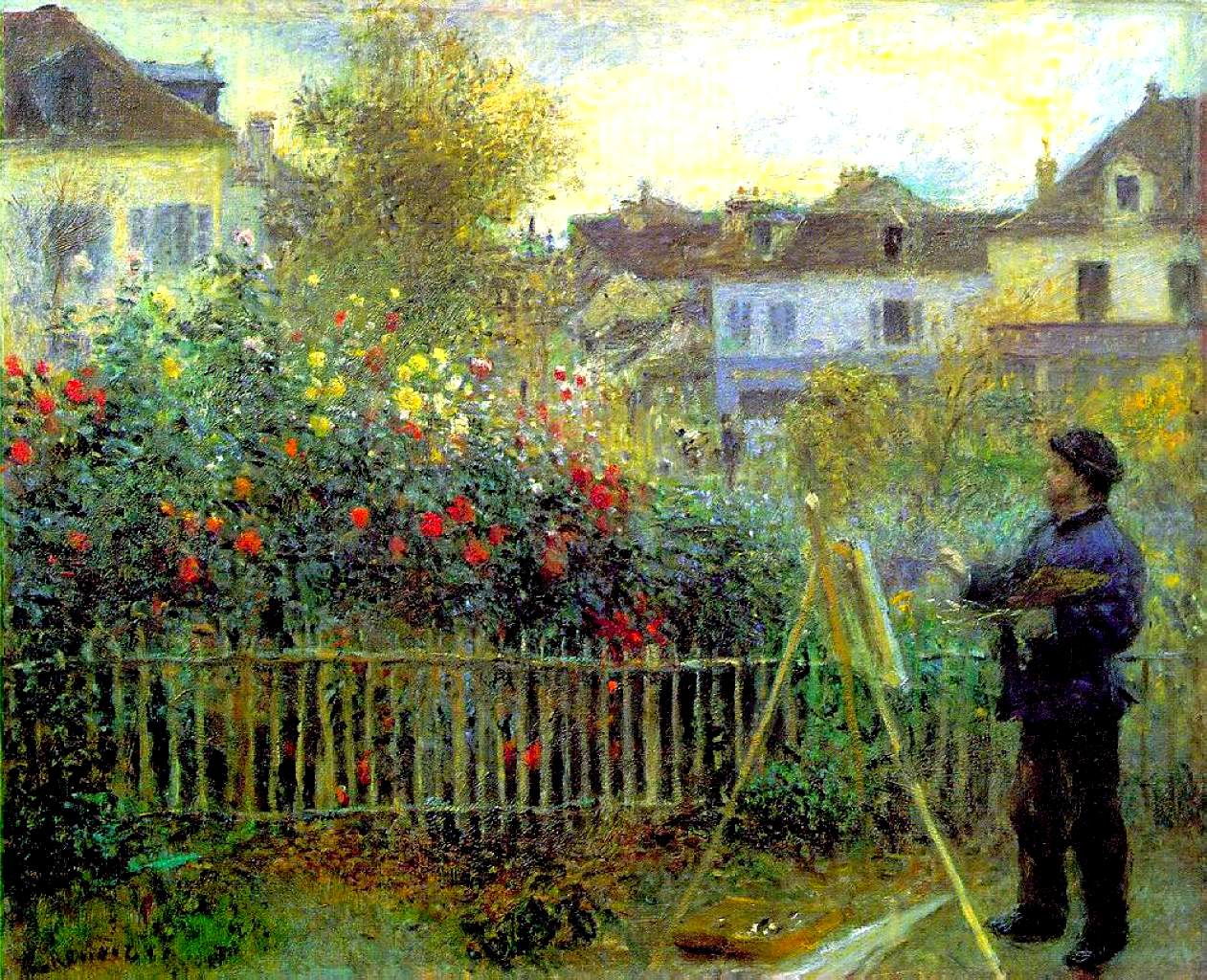Paintings of 1925: landscapes
Towards the end of each year, I take a look back at some of the paintings that were completed a century ago. In histories of painting, that was a time of late Cubism, Surrealism, Expressionism and abstraction, but most of those works remain protected by copyright. In this and the next two articles you will see a broader range of styles.

When his son was twenty-three, the Danish painter LA Ring painted him in Ole Ring looks over Roskilde. This is reminiscent of Ring’s Young Girl Looking out of a Roof Window that he had painted in Copenhagen back in 1885, forty years earlier at the start of his career. The church shown here is, I believe, Roskilde Cathedral.

In 1925, Félix Vallotton painted the last of his late landscapes, showing The Dordogne at Carennac. The town of Carennac is on the banks of the River Dordogne in the south-west of France.
From 1924 until 1930, Paul Signac spent most summers in Brittany, where he sketched and painted the island of Groix.

From those, he painted Lighthouse at Groix in the studio. This shows a tuna boat returning to port in the evening, by which time the rest of the fleet are drying their sails in harbour. This wasn’t exhibited until 1930. The detail below shows his evolving facture, which remained steadfastly pointillist in his oil paintings.


From his Paris apartment, Signac sketched many views of the River Seine and its bridges in watercolour. From those came this painting of Le Pont des Arts (Paris), with its reference to his much earlier views of industrial sites along the river’s banks.

He also combined Conté crayon (a proprietary type of hard pastel) with watercolour for this view of Lézardrieux. This is a village at the far western end of the French Channel coast, and a popular port with yachtsmen. He appears to have sharpened the Conté crayon to use it to sketch the outlines before applying watercolour wash, in a manner not unlike the late watercolours of Paul Cézanne.

That year, he travelled south from there to the northern end of the Bay of Biscay, where he painted this view of L’île-aux-Moines, one of two islands off that section of the coast of Brittany.
While Signac was painting in the north-west, Pierre Bonnard was active in the far south.

Most of Bonnard’s finest landscapes from this period, like this View of Cannes, were painted on or near the Mediterranean coast, in the special light of le Midi.

Some local harbours there had become very popular during the summer, as he shows in Boats at Antibes.
The American artist Marsden Hartley returned to Europe in 1921, then based himself in Aix-en-Provence, Paul Cézanne’s home town, between about 1925-28.

Many of his landscapes from those years were strongly influenced by Cézanne’s later paintings, such as his Landscape. This shows extensive use of Cézanne’s constructive stroke, patches of parallel brushstrokes that are relatively independent of an object’s form.

In Germany, Lesser Ury was continuing his successful urban nocturnes with his masterly oil sketch of Nollendorfplatz Station at Night. This busy railway station is to the south of the Tiergarten, in one of Berlin’s shopping districts.





















